I was fortunate to land in Jogja in spite of volcanic activity(of mt.Kelud) in Java. Large volume of ashes were spewed by the volcano forcing most airports in java to close down. One could see ashes piled on both sides of runway during landing. After coming out of the airport, hitchhiked for a bit to reach Ramayana play’s venue. It’s one of the world heritage (UNESCO) event that happens everyday at the back drop of Prambanam Temple. But the event was shifted indoors due to volcanic-ash activity.
Hinduism reached Indonesian Archipelago as early as 1st century. It is believed that due to Pallava, Chola, Kalinga and other kingdoms Hinduism spread across Indonesia. During this period lot of Hindu temples where constructed. As the Ramayana play started, I could visualize the play with stories i have heard back in India. Anyone going to Yogyakarta it’s a must do.
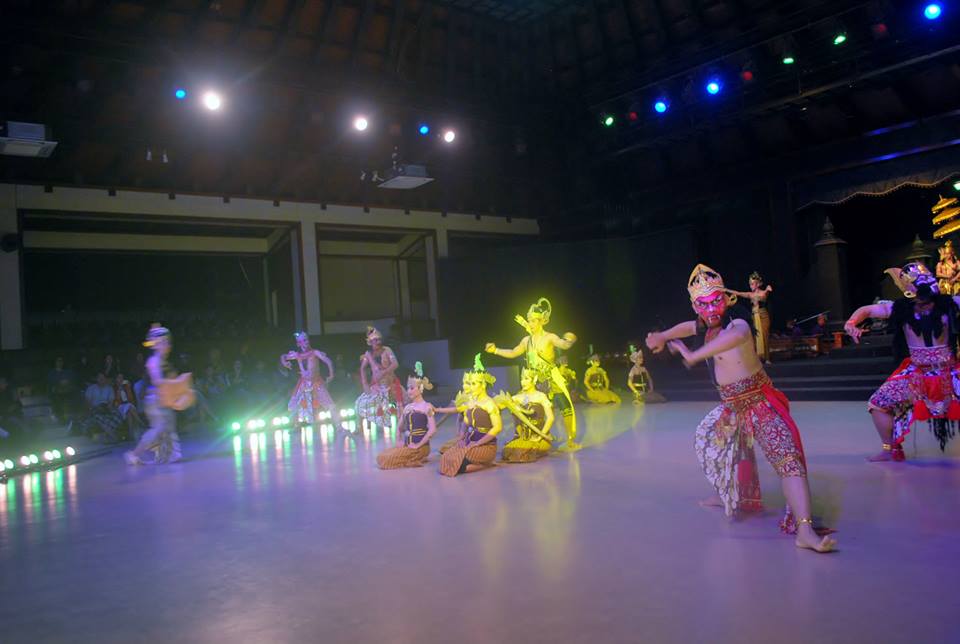
Next morning went around to explore the temples in this heritage town. First stop was borobudur, it is the world’s largest Buddhist temple constructed during 9th century. The central dome is surrounded by 72 Buddha statues, each seated inside a perforated Stupa. It has been hailed as the largest and most complete ensemble of Buddhist relieves in the world. We climbed up a small hill lock near by to get a bird’s eye view of the temple complex and also to see the sun rise. But wasn’t lucky as it was little misty and couldn’t see any of them clearly.
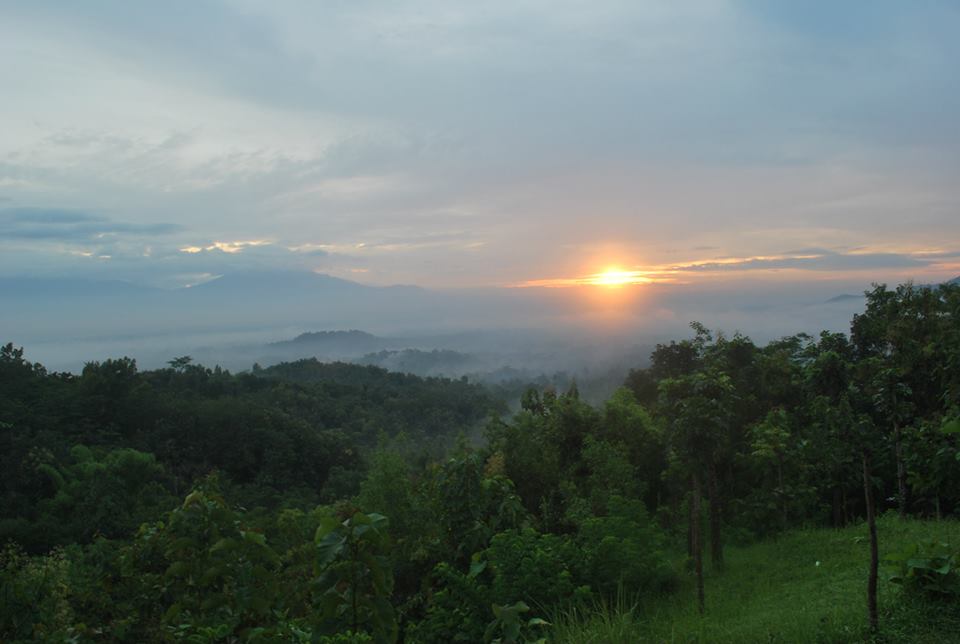
Then went to temple complex but structures were covered to protect it from ash. One reason for me to visit Yogyakarta was Borobudur temple top but can’t do much with natural phenomenon. Just went around the temple complex and joined a prayer session before leaving.
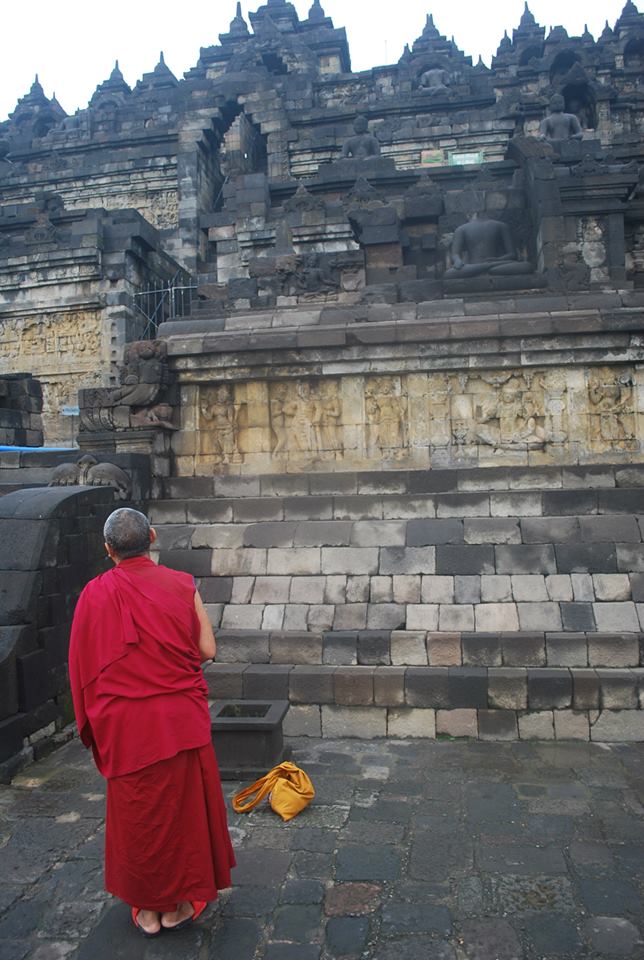
Then went to Parabanam temple. It’s the largest Hindu temple in Indonesia. Built by a Hindu King “Rakai Pikatan” during 856 AD dedicated to Trimurti(Brahma – creator, Vishnu – preserver, Shiva – destroyer). Temple Compounds contains the original structures that were built in the 9th century AD. The temple collapsed due to earthquake, volcanic eruption and a shift of political power in the early 11th century and they were rediscovered in the 17th century.

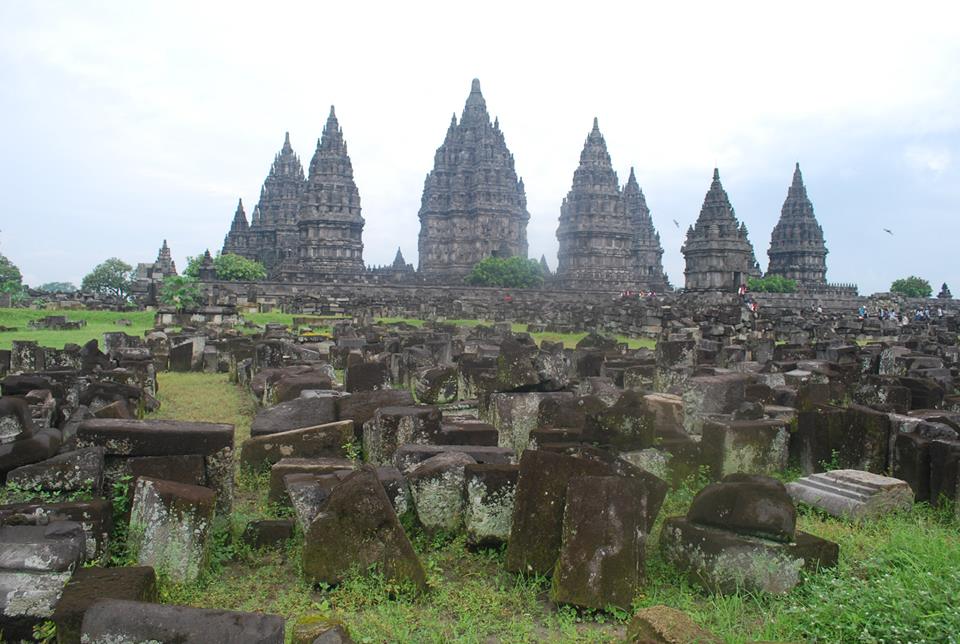


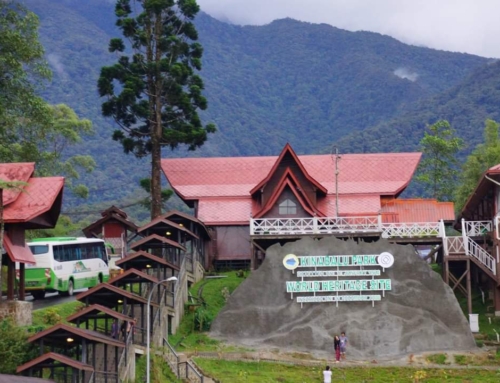
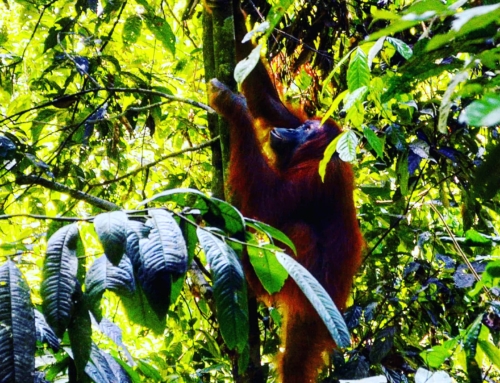
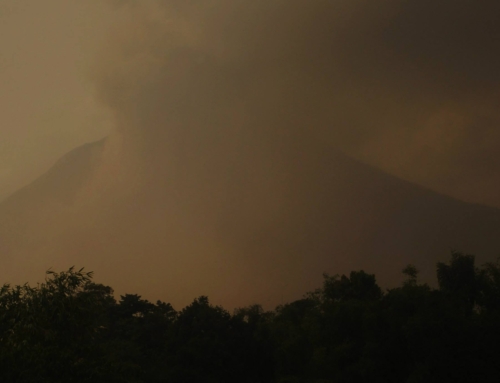
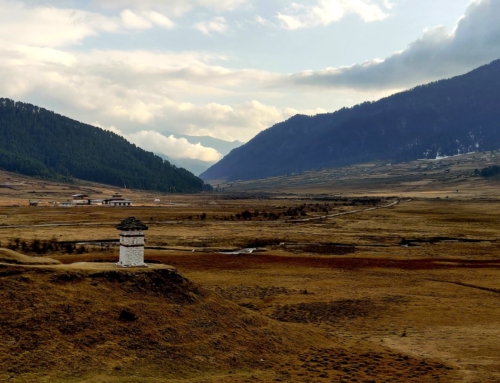

Leave A Comment